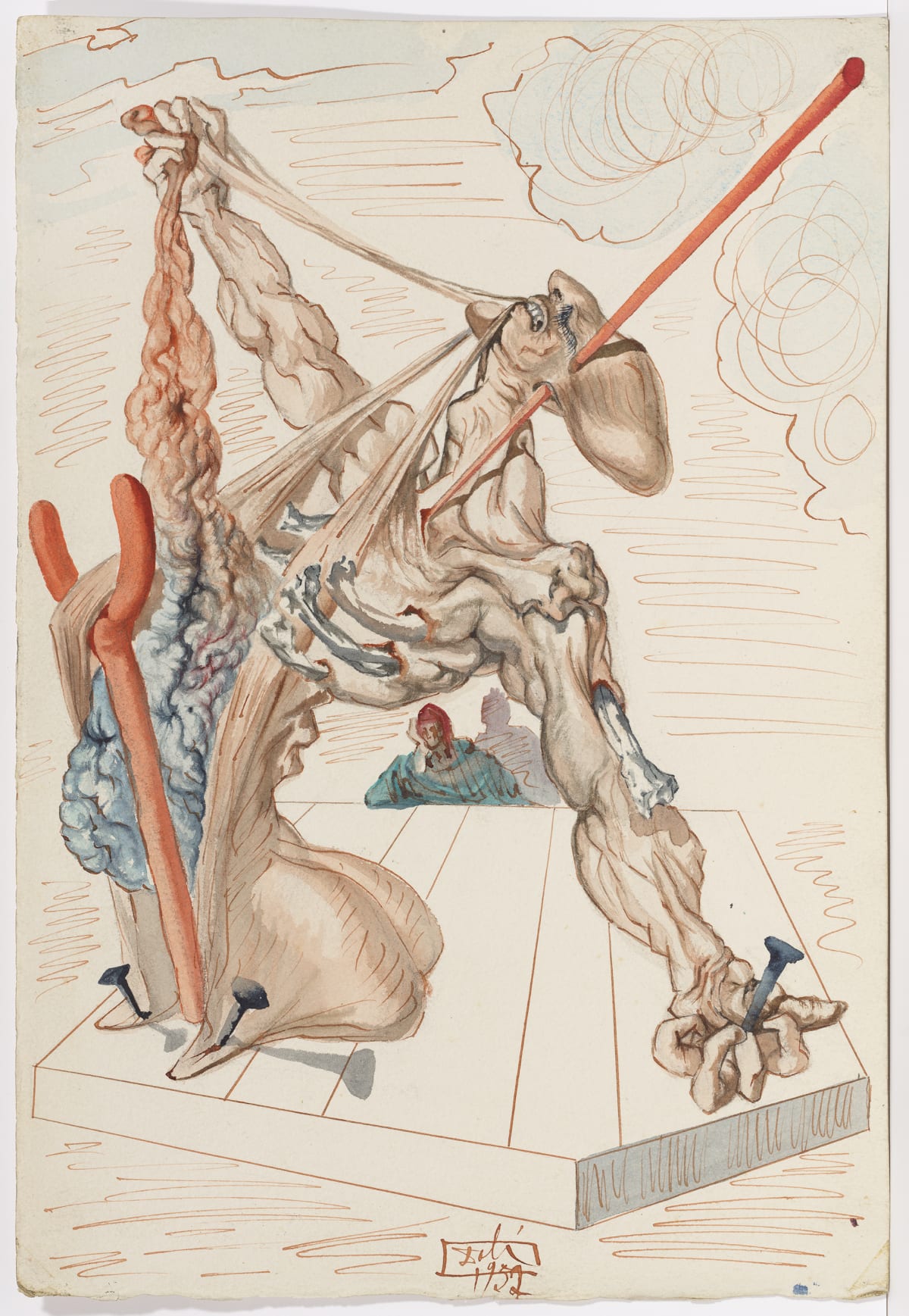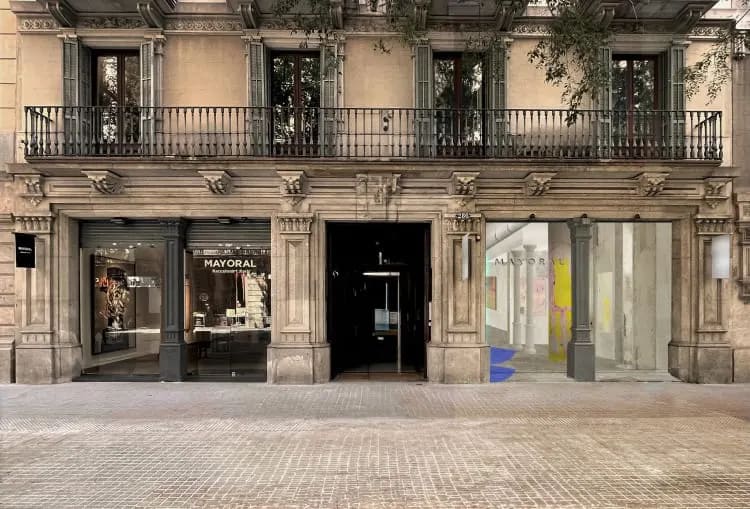Born in 1902 in the town of Sagua la Grande, Cuba, Lam’s heritage was deeply multicultural. His father was a Chinese immigrant, while his mother descended from both Spanish conquistadors and enslaved Africans, an ancestry that profoundly shaped his artistic vision. This diverse background informed his exploration of identity, hybridity, and the ongoing impact of colonialism, themes that would become central to his work.
Initially drawn to law, Lam moved to Havana in 1916 before enrolling at the School of Fine Arts, where he trained in a traditional academic style, painting landscapes and still lifes. However, his ambitions extended beyond the constraints of realism, and his talent soon earned him a scholarship to study at the Academy of Fine Arts of San Fernando in Madrid.
Regular visits to the Prado Museum exposed him to the dramatic compositions of Velázquez, the surreal visions of Bosch, and the dark political allegories of Goya, whose influence is evident in Lam’s later critiques of oppression and war.
His time in Spain was marked by both personal tragedy and political upheaval. In 1931, his first wife and infant son died of tuberculosis, an event that plunged him into deep sorrow, later reflected in his early works. As the Spanish Civil War erupted in 1936, Lam joined the Republican forces, witnessing firsthand the brutal consequences of fascism. This experience reinforced his commitment to social justice and informed his evolving artistic approach, as he began to explore more abstract and symbolic ways of expressing human suffering and resistance.
In 1938, Lam relocated to Paris, where he was introduced to Pablo Picasso. The two artists developed a strong friendship, and Picasso, recognizing Lam’s talent, introduced him to key figures of the avant-garde, including André Breton, Joan Miró, and Benjamin Péret. Through these connections, Lam became involved with the Surrealist movement and experimented with Cubist techniques. However, despite his engagement with Surrealism, he maintained a distinct artistic identity, stating, “Surrealism gave me an opening, but I haven’t painted in a surrealist manner.” This resistance to strict categorization has made Lam a unique and complex figure within modern art history.
In 1941, amid the turmoil of World War II and the Nazi occupation of France, Lam joined a wave of refugees fleeing Europe and returned to Cuba after eighteen years abroad. Upon his return, he was confronted with the persistent racial inequality, poverty, and political corruption of his homeland, and his art took on a renewed sense of urgency. Determined to reconnect with his cultural roots, he sought to create a visual language that expressed the Afro-Cuban experience. He integrated African motifs, Caribbean flora, and references to Santería—a religion blending West African and Catholic traditions—into his work. His figures, often mask-like and hybridized, reflected both the spiritual and socio-political dimensions of Cuba.
During an extended visit to Haiti, Lam further explored Vodou traditions, which, like Santería, incorporated African spiritual practices into the Caribbean cultural fabric. These experiences deepened his symbolic representations of possession, transformation, and resistance.
Although he traveled widely, Lam maintained a connection to Cuba, periodically returning even after the Cuban Revolution. He was intrigued by the social ideals of the revolution and remained engaged in its cultural developments. However, his later years were marked by health challenges, and after suffering a stroke in 1978, he returned to Havana for medical treatment. His legacy endures as one of the most important artists of the twentieth century, a visionary who bridged European modernism with Afro-Caribbean heritage, forging a bold and radical artistic language that continues to inspire generations.
Wifredo Lam died on September 11, 1982, in Paris, aged 79. Having had more than one hundred personal exhibitions around the world, Lam had a well established reputation by the time of his





